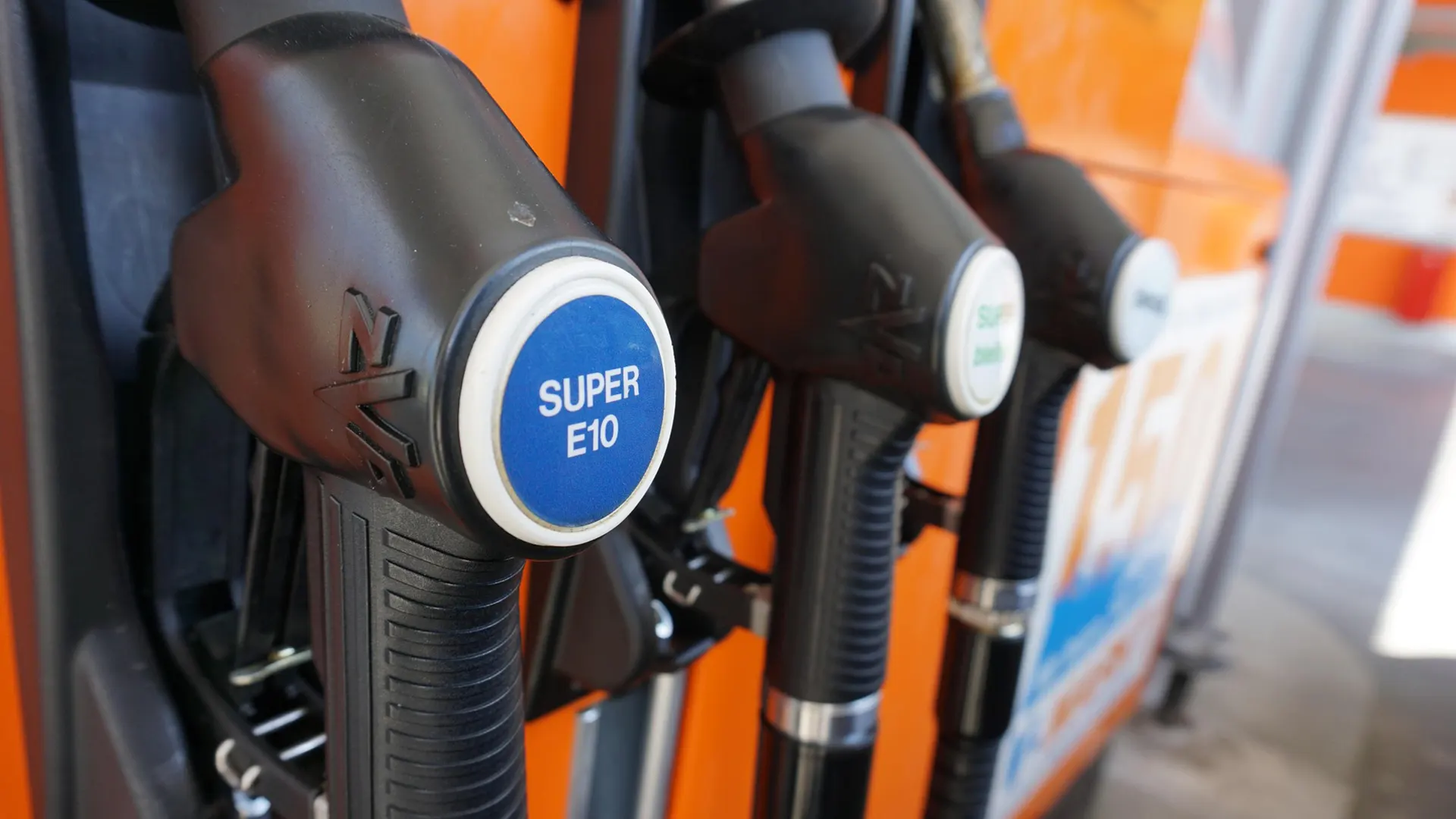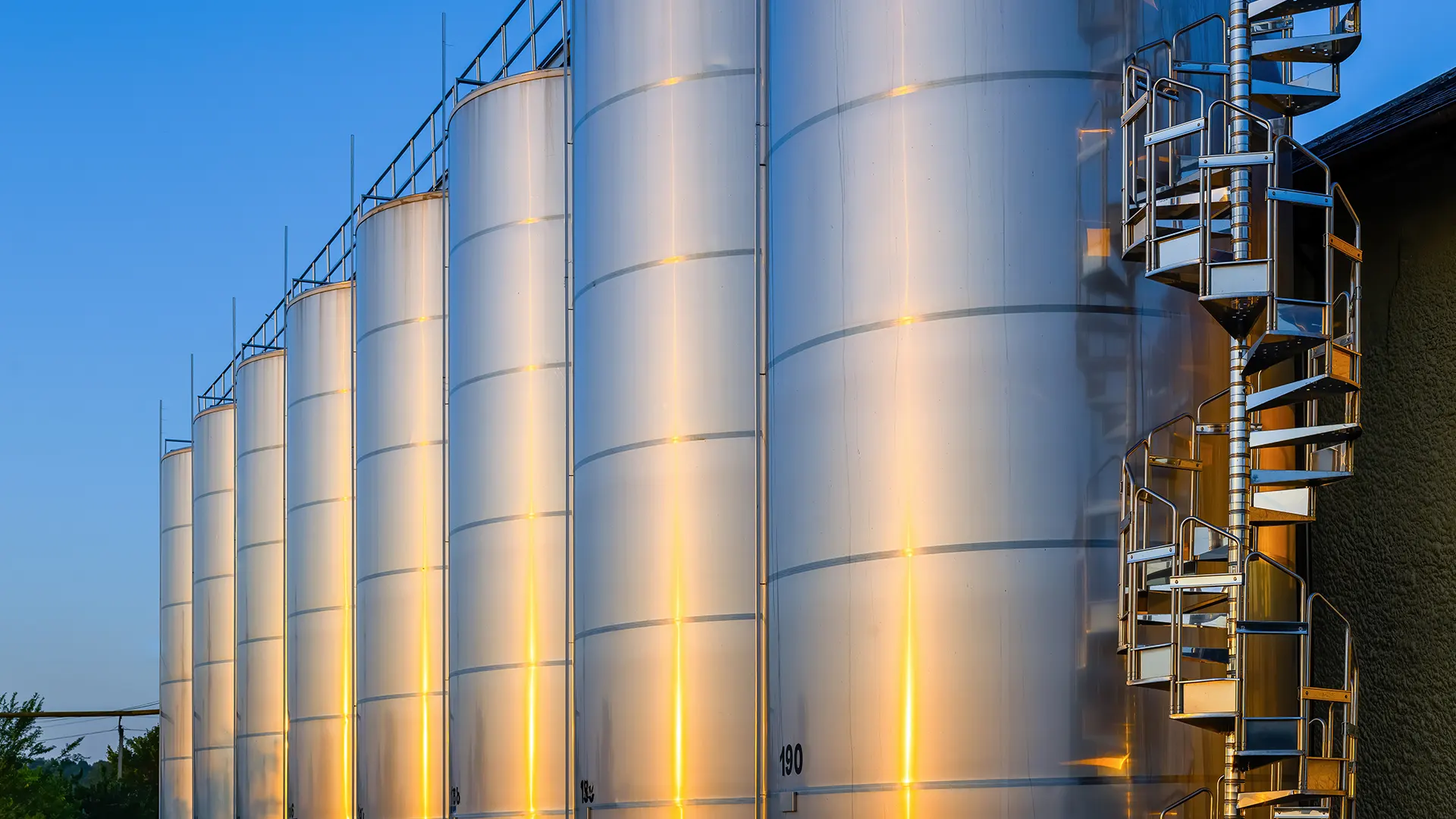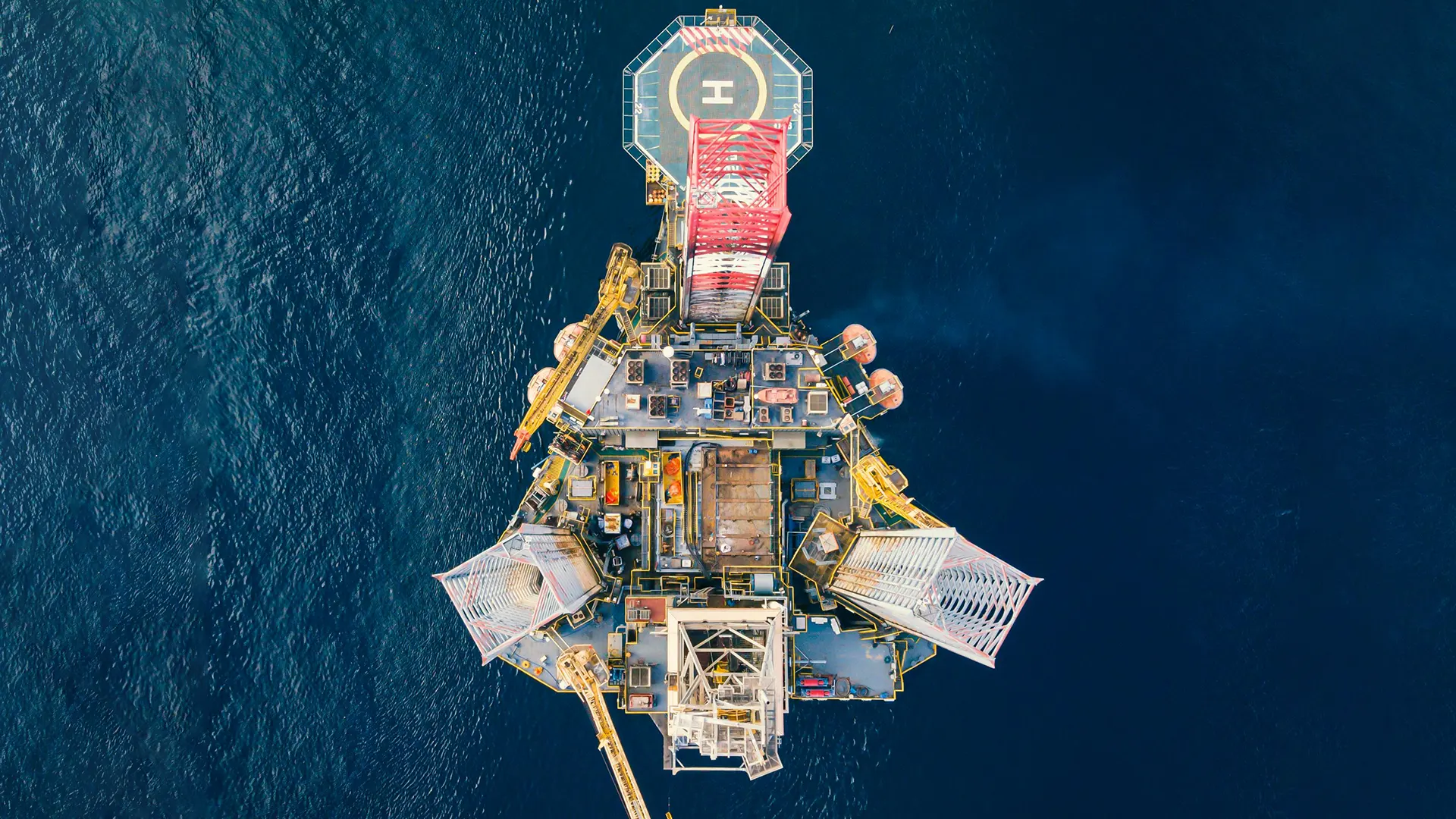Where Crude Oil Becomes Refinery Gold
All About VGO (Vacuum Gas Oil)
Vacuum Gas Oil (VGO) is a heavy, high-boiling petroleum fraction produced during the vacuum distillation of crude oil residue. Think of it as a valuable intermediary product created from what’s “left over” after the initial atmospheric distillation process. This residue, also known as atmospheric residue or long residue, contains a significant amount of valuable hydrocarbons that would be damaged or decompose if distilled at atmospheric pressure due to excessively high temperatures. Vacuum distillation lowers the boiling points, allowing these components to be separated without thermal cracking.
VGO is not a finished product; instead, it’s a crucial feedstock for downstream refining processes, primarily catalytic cracking (FCC) and hydrocracking units. These processes “crack” the large, complex hydrocarbon molecules in VGO into smaller, more valuable components like gasoline, diesel, and jet fuel. The properties of VGO, such as its boiling range, sulfur content, and nitrogen content, greatly influence the yield and quality of the final products. Understanding VGO is essential for optimizing refinery operations and maximizing profitability.

Driving Efficiency in Downstream Processes
VGO (Vacuum Gas Oil) Applications & Uses
Vacuum Gas Oil’s primary role is as a key feedstock for upgrading into more valuable fuels and petrochemicals. Its applications are predominantly within the oil refining industry:
Engineered for Refining Performance
VGO (Vacuum Gas Oil) Specifications
The value of Vacuum Gas Oil is determined by its physical and chemical properties, which influence its suitability for different downstream processes and the yield and quality of the resulting products. Key specifications include:
Seamless Supply, Unwavering Reliability
Supply & Delivery
PETRODO ENERGY is strategically located in Fujairah, a major oil trading hub, providing us with access to a reliable and consistent supply of high-quality VGO. Our advantageous position enables us to offer competitive pricing and flexible delivery options to our customers.





